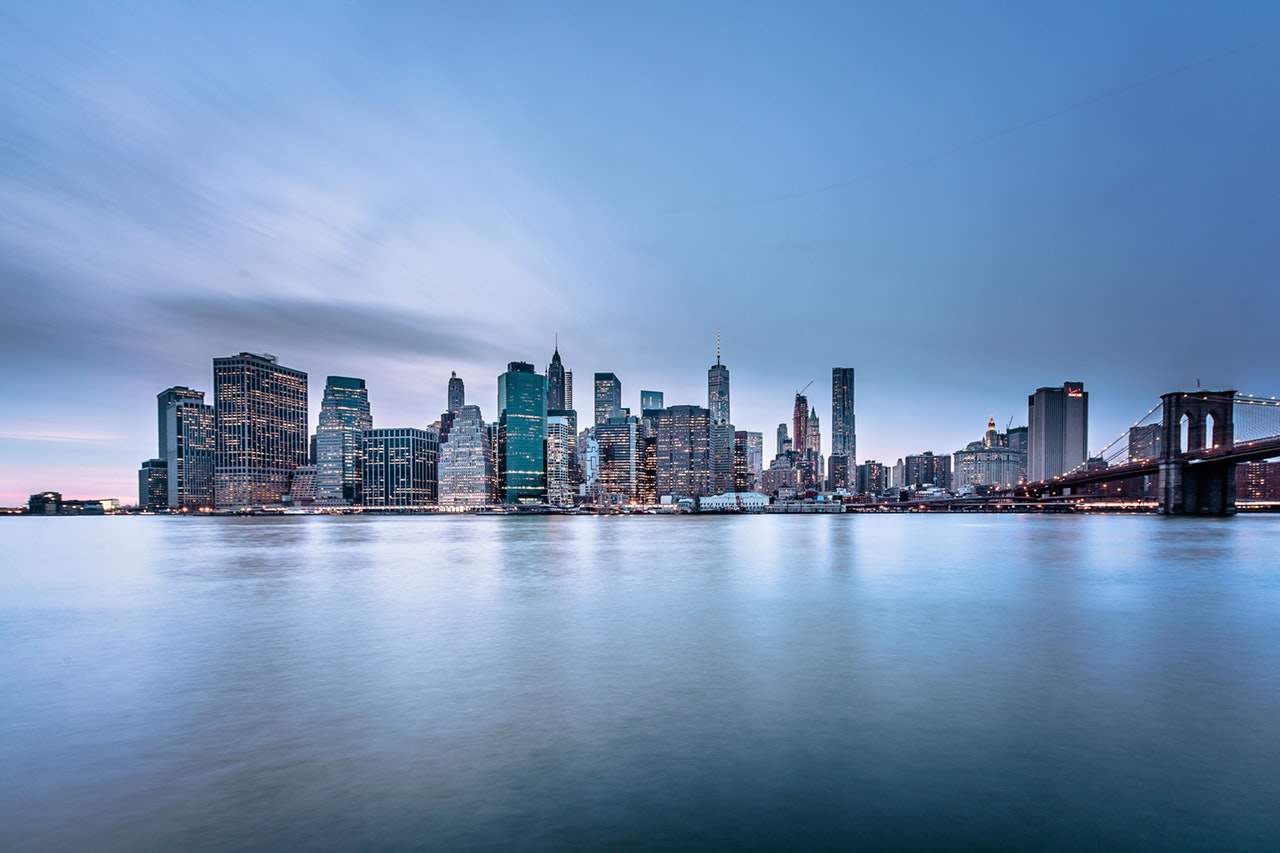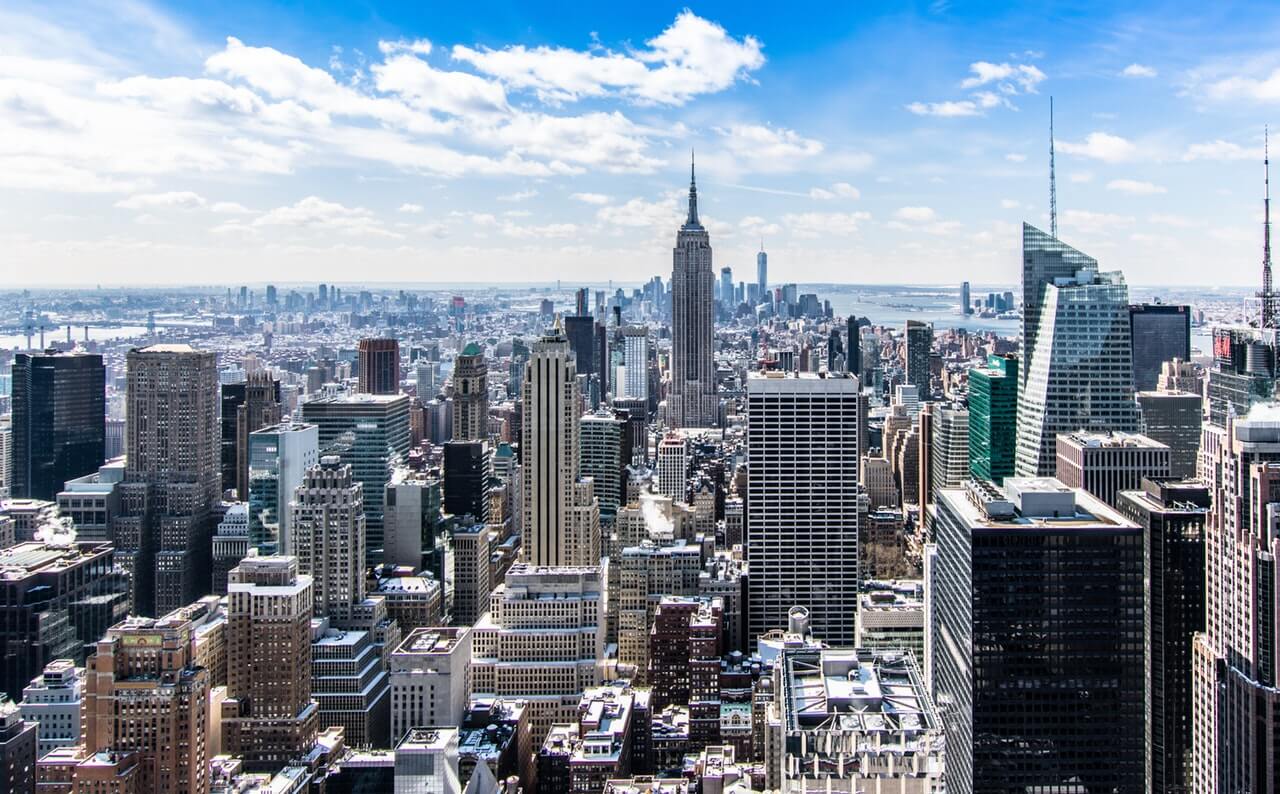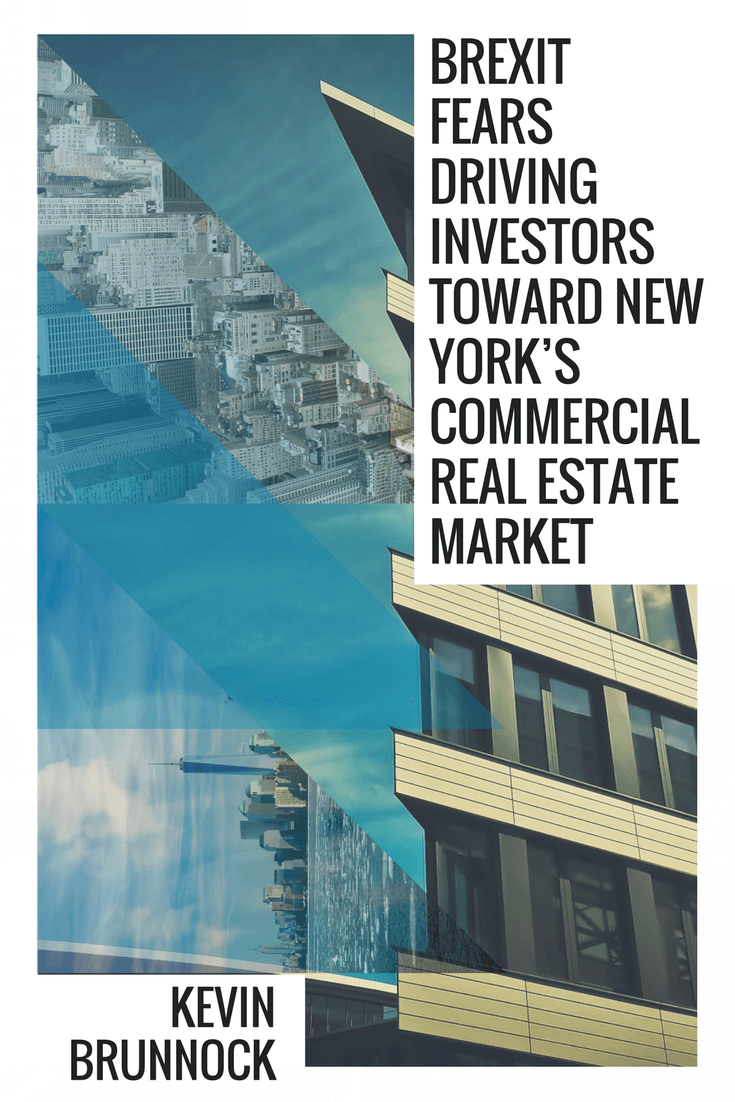The bumpy sales market that took place in 2018 has been a turbulent time for New York City real estate. Luxury prices have continued to sink, and transportation headaches have played a big role in driving market dynamics. Given that the housing market looks different than it did a year ago, here are six broader trends we see dominating 2019.
The Buyers Market is Staying
The number of homes listed for sale hit all-time highs during 2018, yet recorded sales throughout the city fell. More New Yorkers – seeking to accommodate a growing family, to relocate, or simply to cash out their investment – will inevitably look to sell in 2019, adding to a market that’s already saturated. These sellers will need to take much greater measures to move their homes.
Queens is the exception
The big outlier in the sales market in 2018 was Queens. Prices there have risen at a consistently faster pace than in Brooklyn or Manhatten, yet remain relatively affordable, with an average listing price of $657,000, compared to Manhatten’s $1.39 million and Brooklyn’s $950,000. Much of the enduring price growth in the borough is attributable to making up for lost time.
Downtown is the New Downtown
With interest rates and sales prices high, renting will remain more attractive than buying for many New Yorkers in 2019. We expect competition for rental units in many of the city’s priciest, most central neighborhoods to heat up next summer. Rents in newly chic neighborhoods in outer-boroughs now equal in many Manhattan neighborhoods. This past fall, median rents for 1-bedroom apartments in Dumbo, Downtown Brooklyn, and Long Island City exceeded those in Chelsea, Nolita, and the East Village, respectively. Outer-borough new construction may still offer more per dollar in terms of space and amenities, but with roughly similar median prices in many outer-borough and Manhattan neighborhoods, choosing among them has become a matter of preference than affordability.
Bedlam on Bedford Avenue
The popular commuting line, the L train, will shut down for 18 months beginning April 27. The market for nearby rentals has been weakening over the course of 2018, as longtime residents decamp for more convenient neighborhoods. Nonetheless, people still have a lot of interest in the neighborhood.





